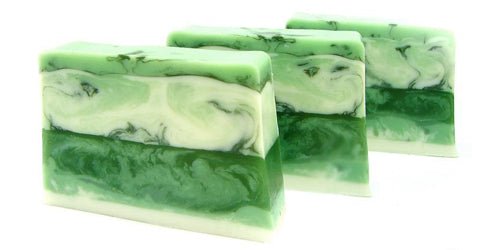
Shelf Life of Handmade Products

Now soap doesn't necessarily have an expiration date when it goes bad and can longer be used, but it’s still better to keep it sealed before you use it.The problem you run into is any additives to the soap. Colors, scents from the essential oils, and anti-bacterial components added to the soap may break down over time, especially since most unnatural soaps these days use detergents. On the other hand if it all home made then the soap can last for many years if it’s wrapped.

On the other hand, some soaps still have some water in them. You need to store it so it can breathe or you can get mold in the package, and as it dries it will get harder and eventually lasts forever because it is so hard that very little comes off as you use it. This is also the case with melt and pour soap. It has already gone through the saponification process, so any additives can grow mold and bacteria if left open for a while. Many products aren’t exactly “spoiled” to use past their shelf life but rancid ingredients may smell, or change color.

Knowing the shelf life of different products can be a little difficult. This is because shelf life is different depending on the individual recipe and type of ingredients. Figuring out the shelf life requires finding the shelf life of each individual ingredient. Some ingredients such as fragrance oils and colorants have an extremely long shelf life, while others like certain fixed oils may have a shelf life of several months. Once you combine everything into one, the shelf life of the product becomes the same amount as the ingredient with the shortest life. For example if you mixed a colorant lasting three years with a oil lasting six months, the product will only be good to use for six months.
It’s important to remember that the shelf life depends on the ingredients and the process. Click here to learn more about storing your products and make sure to check in with out blog next week for a bath bomb special!


